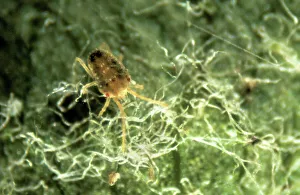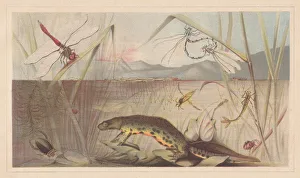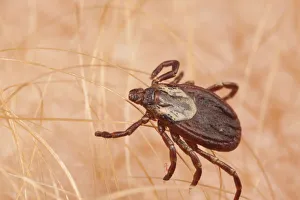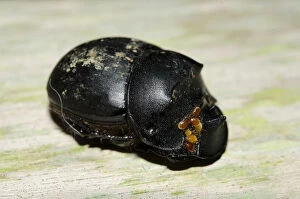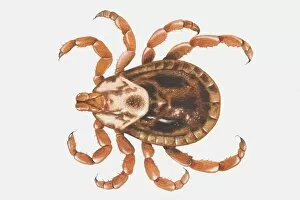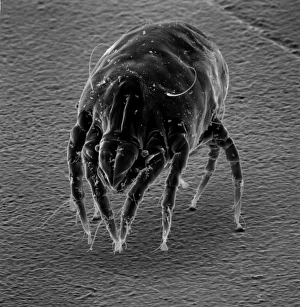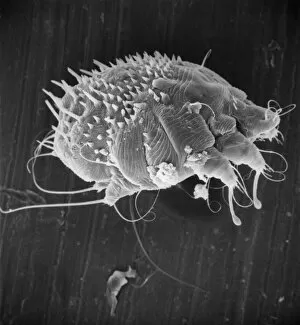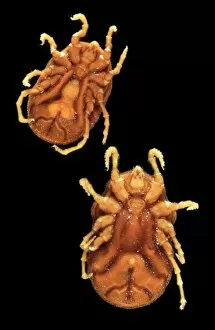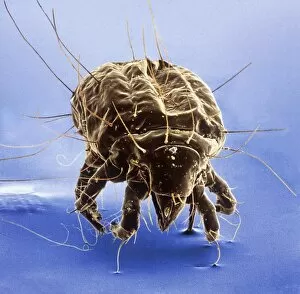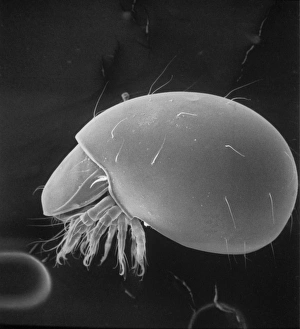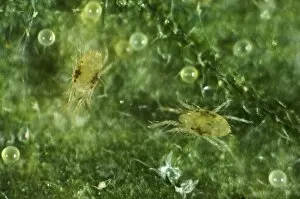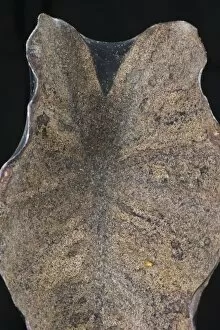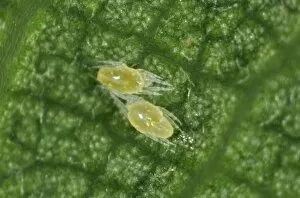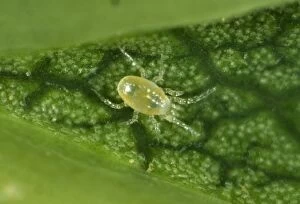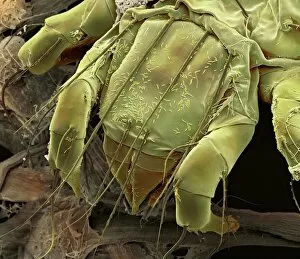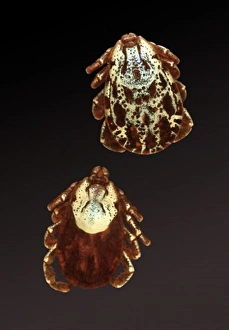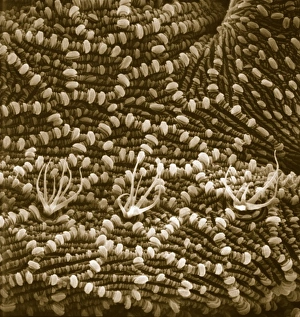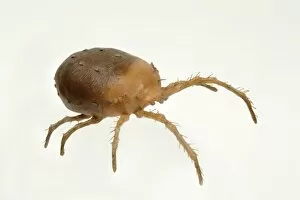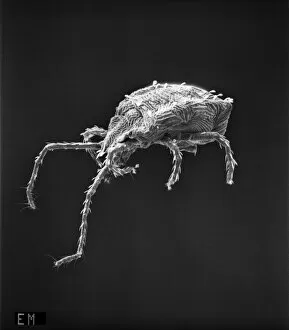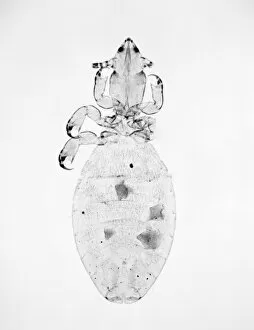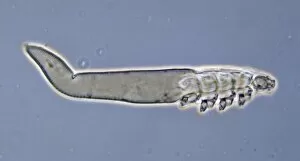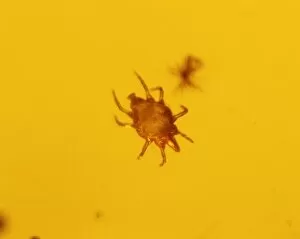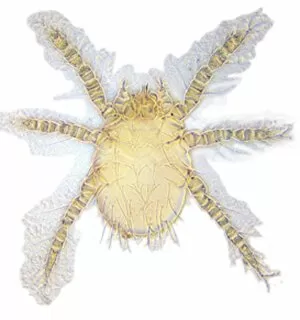Acari Collection
Acari, a diverse group of tiny arachnids, includes some notorious members such as the Sarcoptes scabiei or scabies mite
All Professionally Made to Order for Quick Shipping
Acari, a diverse group of tiny arachnids, includes some notorious members such as the Sarcoptes scabiei or scabies mite. These microscopic pests cause intense itching and skin rashes in humans and animals alike. Another well-known the Oligonychus ununguis, commonly known as the red spider mite. These plant-feeding creatures can wreak havoc on crops and gardens. In Andalusia, Spain, during June, one might come across the Red spider mite (Tetranychus urticae), which thrives in warm climates. Their vibrant red color stands out against green foliage but serves as a warning sign for farmers. Moving away from plants to insects, we find ourselves observing aquatic insects through an old lithograph published in 1868. This artwork showcases the intricate beauty of these water-dwelling creatures that play vital roles in freshwater ecosystems. Shifting our focus back to acari species found on land, we encounter ticks like the American dog tick (Dermacentor variabilis) adult female at Morris Arboretum in Philadelphia. These blood-sucking parasites pose health risks to both humans and animals by transmitting diseases such as Lyme disease. Delving deeper into this world of minuscule organisms brings us face-to-face with Dermatophagoides sp. , more commonly known as dust mites. Found lurking within our homes' nooks and crannies, they feed on shed human skin cells and can trigger allergies among susceptible individuals. Ornithodoros parkeri is another member of Acari; it belongs to a group called ticks that are vectors for various diseases affecting both humans and animals worldwide. Not all acari species bring harm; Tyrophagus casei plays a crucial role in cheese-making processes by aiding fermentation while Dermanyssus gallinae acts as a nuisance pest for poultry farms globally.


